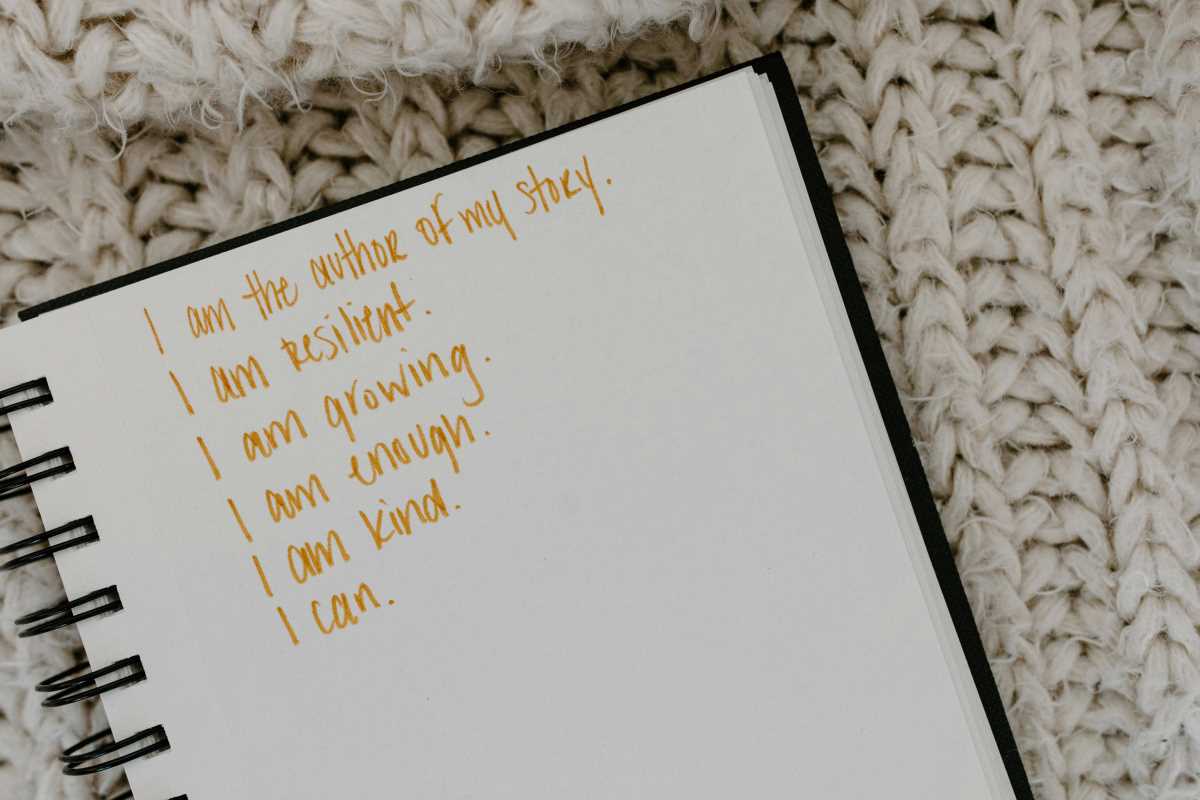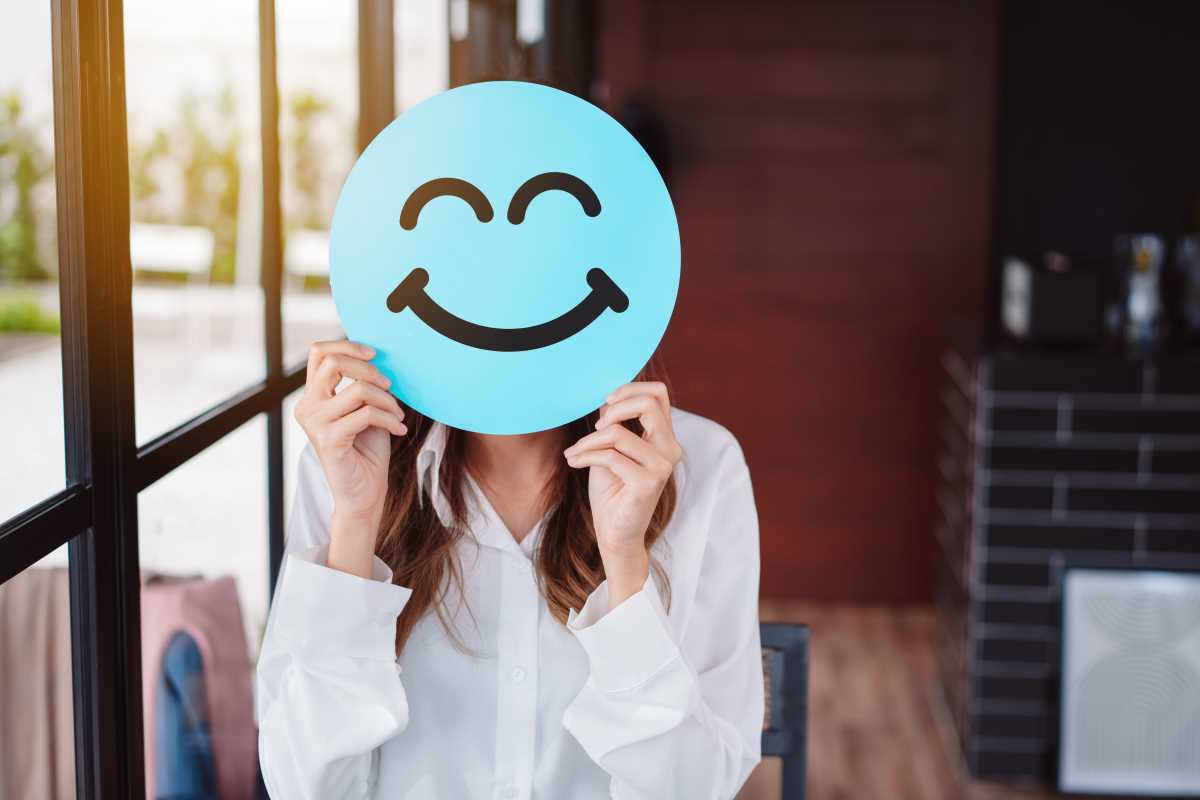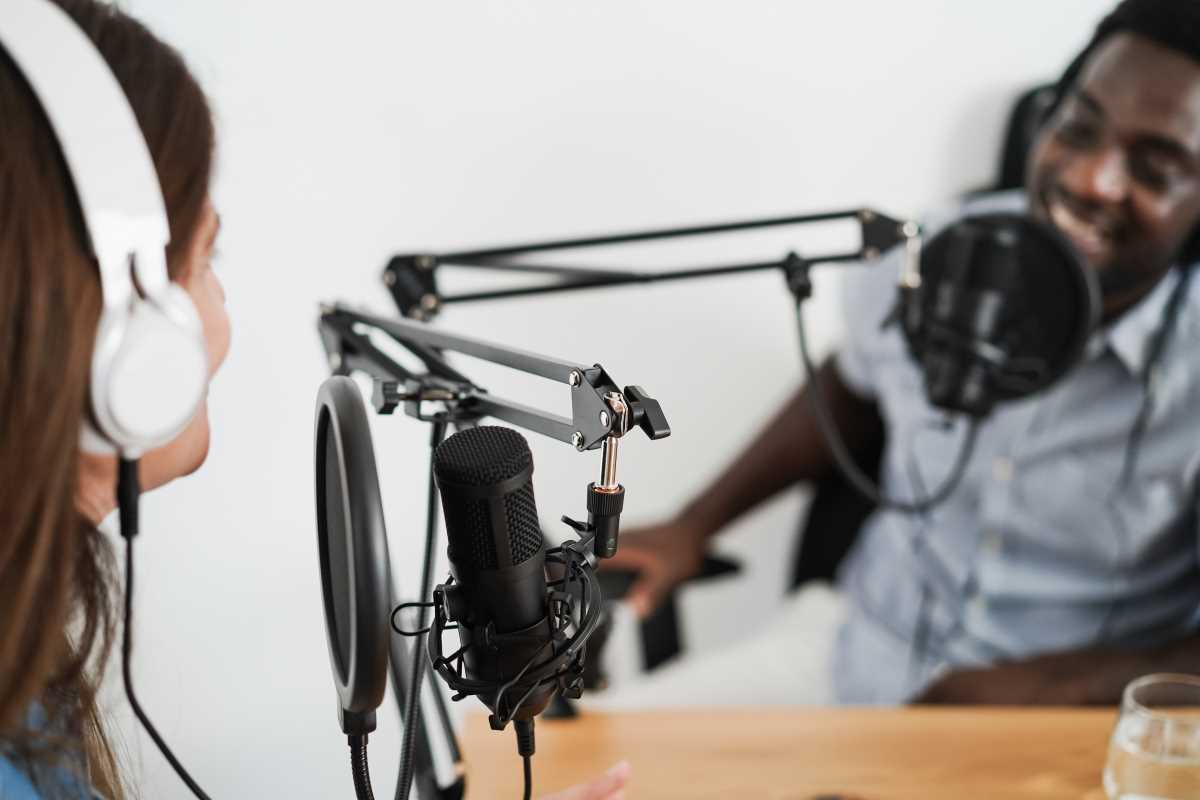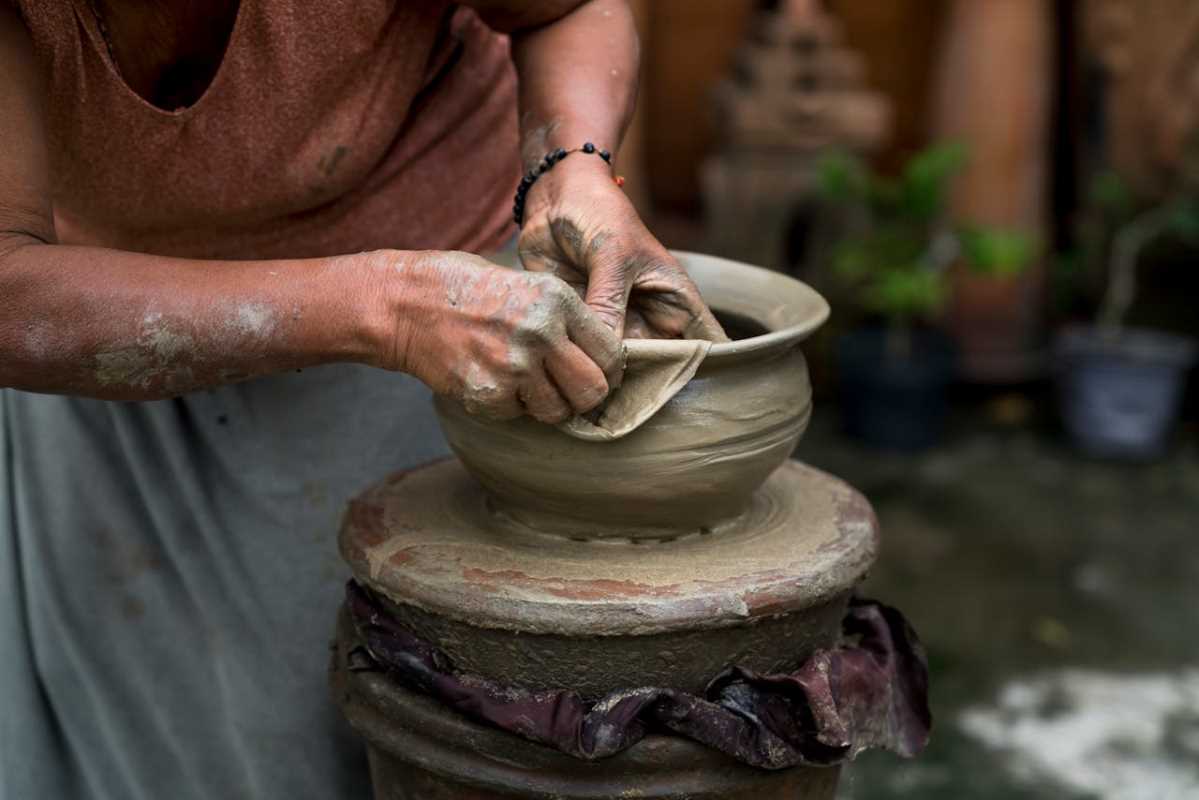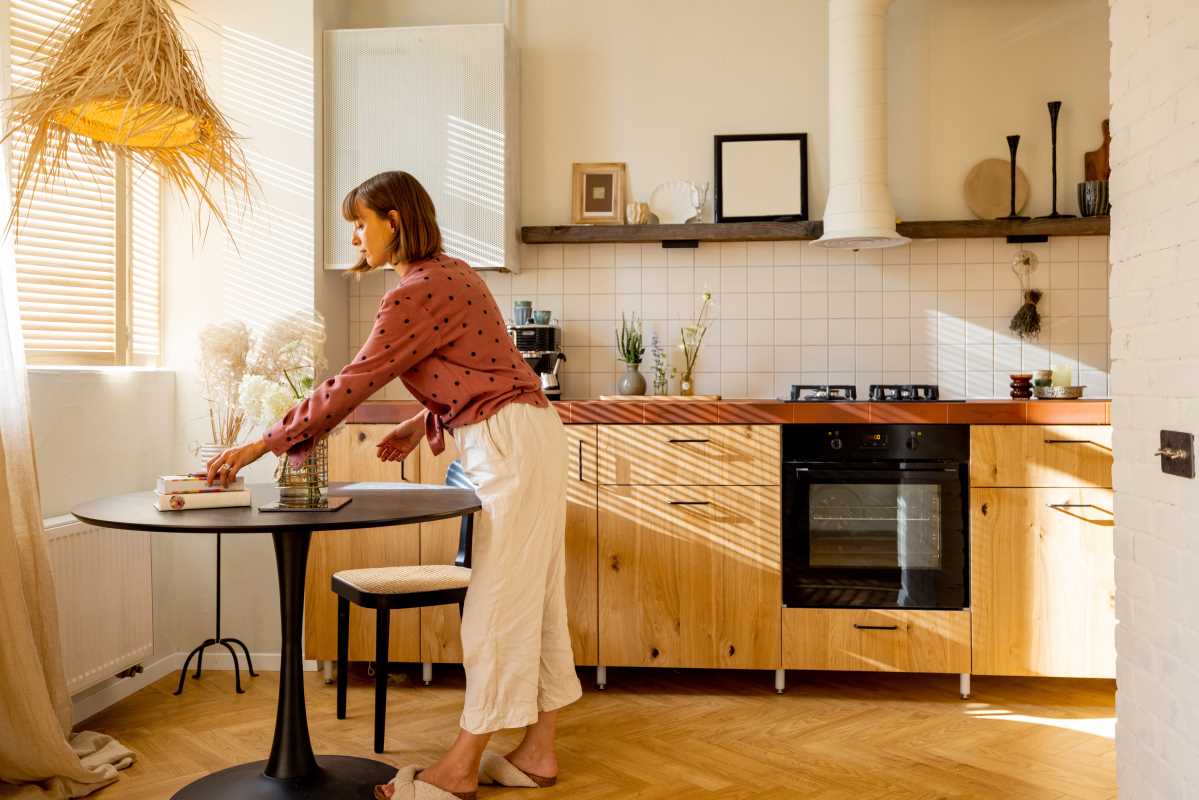Imagine this: you're in a room, music is pumping, and you're moving your body with a group of people, all laughing and sweating together. It’s not a party, though it feels like one. It’s a community dance fitness class, and it might just be the most effective, enjoyable way to get fit you've ever experienced. Forget the sterile gym environment; this is where fitness truly comes alive.
The Undeniable Power of Movement and Music
The science behind why dance fitness works is pretty compelling. It’s not just about burning calories, though it certainly does that. A systematic review and meta-analysis of 2024 concluded that structured dance programs, lasting at least six weeks, significantly improve psychological and cognitive health outcomes, performing just as well as other forms of structured exercise. In fact, preliminary evidence even suggests dance might be more effective than other physical activities for boosting emotional well-being, reducing depression, and enhancing memory.
What’s happening in your brain when you dance? It’s a chemical party! Radha Agrawal, co-founder of Daybreaker, coined the acronym "DOSE" to describe the unique blend of happy brain chemicals released through dancing: dopamine, oxytocin, serotonin, and endorphins. "No other workout allows for the release of all four happy brain chemicals," she states, "it's unique to dance." This powerful cocktail of neurotransmitters explains that incredible feeling of euphoria and connection you get after a good dance session.
- Cardiovascular Health: Dance is a fantastic aerobic workout. It gets your heart rate up, improves stamina, and can help lower blood pressure and cholesterol. The American Heart Association's 2024 recommendations even include vigorous aerobic dancing as a way to boost cardiorespiratory fitness.
- Cognitive Function: Learning new choreography is like a workout for your brain. It enhances memory, attention span, and spatial awareness. Neuroscientist Cheryl Glazebrook emphasizes that dance helps us "learn skills for life" and can even reshape our brains, promoting neuroplasticity.
- Mental and Emotional Well-being: The combination of physical movement and music is a potent stress reliever. Dance provides an outlet for self-expression, helping individuals process emotions and reduce feelings of anxiety and depression.
The Community Factor
One of the most significant advantages of community dance fitness is the social connection it fosters. In a world where loneliness is a growing concern, these classes offer a built-in support system. A 2024 Mindbodygreen Wellness Index found that 75% of Americans are more likely to stick with their workouts when participating in group activities.
Think about it: you're surrounded by people who share a common goal, moving to the same beat. This shared experience builds camaraderie, encourages mutual support, and can lead to lasting friendships. For many, the social aspect is just as important, if not more so, than the physical benefits. KC Lee, VP of Group Fitness at Fitness International, LLC, highlights this with Zumba enthusiasts being among their "most engaged and loyal members," who "inspire each other, and build everlasting friendships."
- Combating Loneliness: The sense of belonging in a dance class can be a powerful antidote to social isolation, especially for older adults or those new to a community.
- Motivation and Accountability: Knowing that others are counting on you to show up can be a strong motivator to lace up your dancing shoes, even on days when you might prefer to stay on the couch.
- Shared Joy: The collective energy and laughter in a dance class are infectious, creating a positive and uplifting atmosphere that makes fitness feel less like a chore and more like a celebration.
Practical Steps to Get Started
The beauty of community dance fitness is its accessibility. You don't need to be a professional dancer to join in. Most classes are designed for all levels, with instructors offering modifications to suit everyone.
- Explore Different Styles: From the Latin-infused energy of Zumba to the rhythmic beats of Hip-Hop, the grace of Ballet Fit, or the vibrant moves of Afro Dance Vibz, there's a dance style out there for everyone. Don't be afraid to try a few different classes to find what resonates with you.
- Look for Community Centers and Local Studios: Many community recreation centers and local dance studios offer affordable, beginner-friendly classes. These are often the heart of community fitness, providing a welcoming and inclusive environment.
- Embrace the "Judgment-Free Zone": The most important thing is to let go of self-consciousness. Dance fitness is about movement, joy, and feeling good in your body. No one is watching your every move; they're too busy enjoying themselves!
- Consistency is Key: Aim for at least three to four sessions per week. Even shorter, consistent sessions can be more beneficial than infrequent, intense workouts.
- Don't Forget the Warm-up and Cool-down: Always prepare your body for movement and allow it to recover afterward to prevent injuries and maximize benefits.
Unique Insights You Might Not Know
- The "DOSE" Effect: As mentioned, dance uniquely triggers the release of all four "happy brain chemicals," offering a profound mood boost.
- Dance as a Coping Mechanism: Beyond fitness, dance can be a powerful tool for processing emotions, fostering self-love, and building resilience.
- Overcoming "Gymtimidation": Dance fitness classes provide a welcoming, non-intimidating environment, attracting individuals who might otherwise avoid traditional gyms.
- Cognitive Powerhouse: The mental effort of learning choreography significantly boosts calorie expenditure and engages multiple brain areas, making it a true mind-body workout.
- Cultural Relevance: Dance can be a culturally relevant and empowering form of physical activity, especially for communities seeking accessible and engaging ways to stay active.
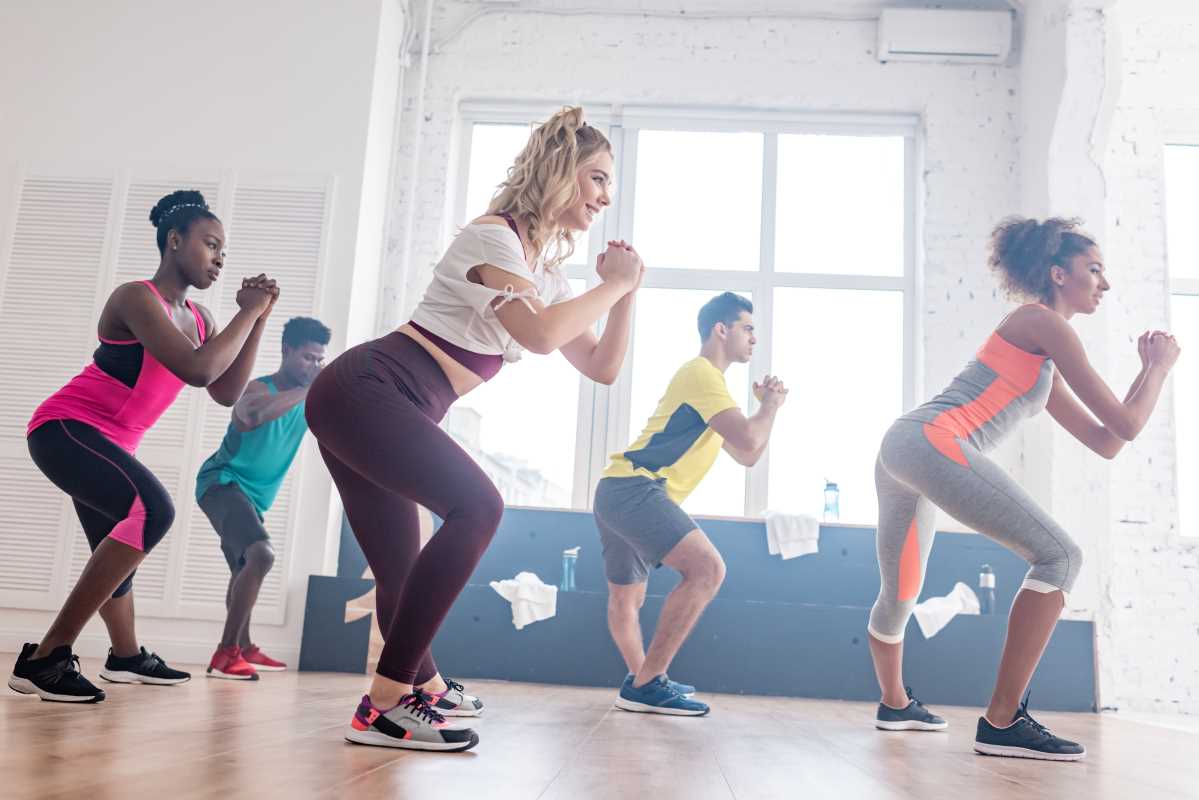 (Image via
(Image via